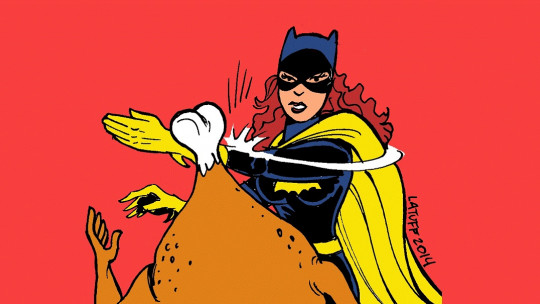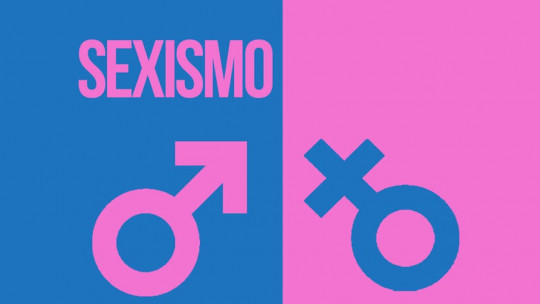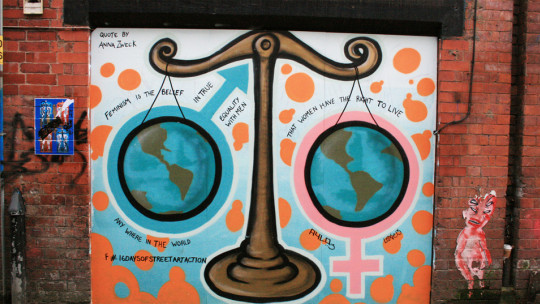
Feminist movements have traditionally been a symptom of the social, economic and political inequalities that exist between men and women.
However, once women have achieved the right to vote and own property, the task of feminism is not over. Sexist ideas and ways of thinking continue to exist which, far from being remnants of previous stages of human development, seem to adapt to new times and take root in soil no less fertile today than yesterday. These are some of these sexist assumptions.
Hidden sexism (5 sexist ideas in the 21st century)
1. Each sex has its tasks, and these are them.
This is a myth that anthropology has already refuted, since, although all societies distinguish between men’s and women’s tasks, the assignment of a gender to these jobs is arbitrary: what in a culture is typical of men , in another it is done by women, and vice versa.
In our context, this conception serves to justify the idea of the salary glass ceiling that is, the difficulty for women to advance at work.
2. Assignment of women to the private – domestic sphere.
Traditionally, women have been defined by the private sphere, as opposed to the public sphere, the latter being the terrain in which politics, associations and, ultimately, the social sphere are developed.
The private-public distinction is, therefore, very forced, but It only exists to justify the existence of a space specific to women, in order to separate them from decision-making centers Today, women are often defined basically by their role as housewives and mothers, functions that, as they are stated, are at the center of the nuclear family and detached from public life.
3. The naturalistic fallacy points out the place of women.
It consists of the moral assignment of “good” only to elements that are replicated in nature For example, monogamy could be considered natural if it occurs in many species of primates. The same fallacy that is used to accuse homosexuality can be used against women who decide not to have children, a partner, etc.
However, even options that are believed to be “natural” are not, since arguing in this way cannot avoid a bias by highlighting cases in which nature acts in the way we consider “appropriate” and discarding the rest in the that the opposite is true.
4. The empowered woman is one who ascribes to male roles.
This can be seen, for example, in the characterization of fictional heroines: cold people, who demonstrate their physical strength and never too talkative. The renunciation of the feminine understood as a step towards plenitude implies that the values that are considered feminine today are bad.
Since the idea prevails that each sex corresponds to a specific gender, women who tend toward “masculinity” will have less capacity to assert themselves than men assigned to masculine roles. In this case, sexism entails the appropriation of some clichés to the detriment of others
5. Women like to have judgments made about their appearance.
This idea is based on the assumption that all women have in common their practically expressed need to know the opinions of third parties to shape their identity, improve their self-esteem or please others. Definitely, the need to be defined by men
More sexist ideas that still remain unchanged?
If you can think of more gender stereotypes that are still valid in the 21st century, we invite you to share them with us in the comments section or through our social networks.








